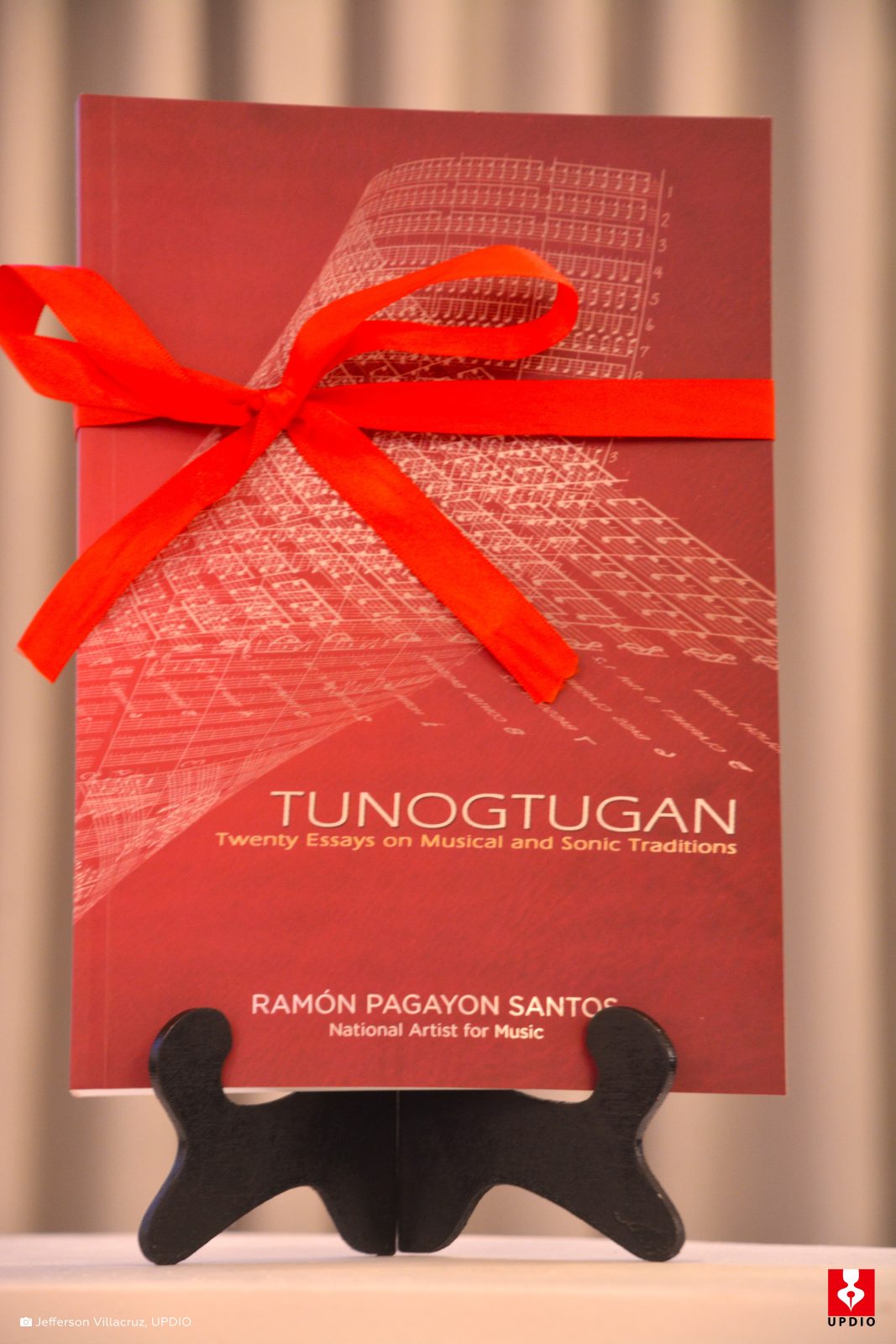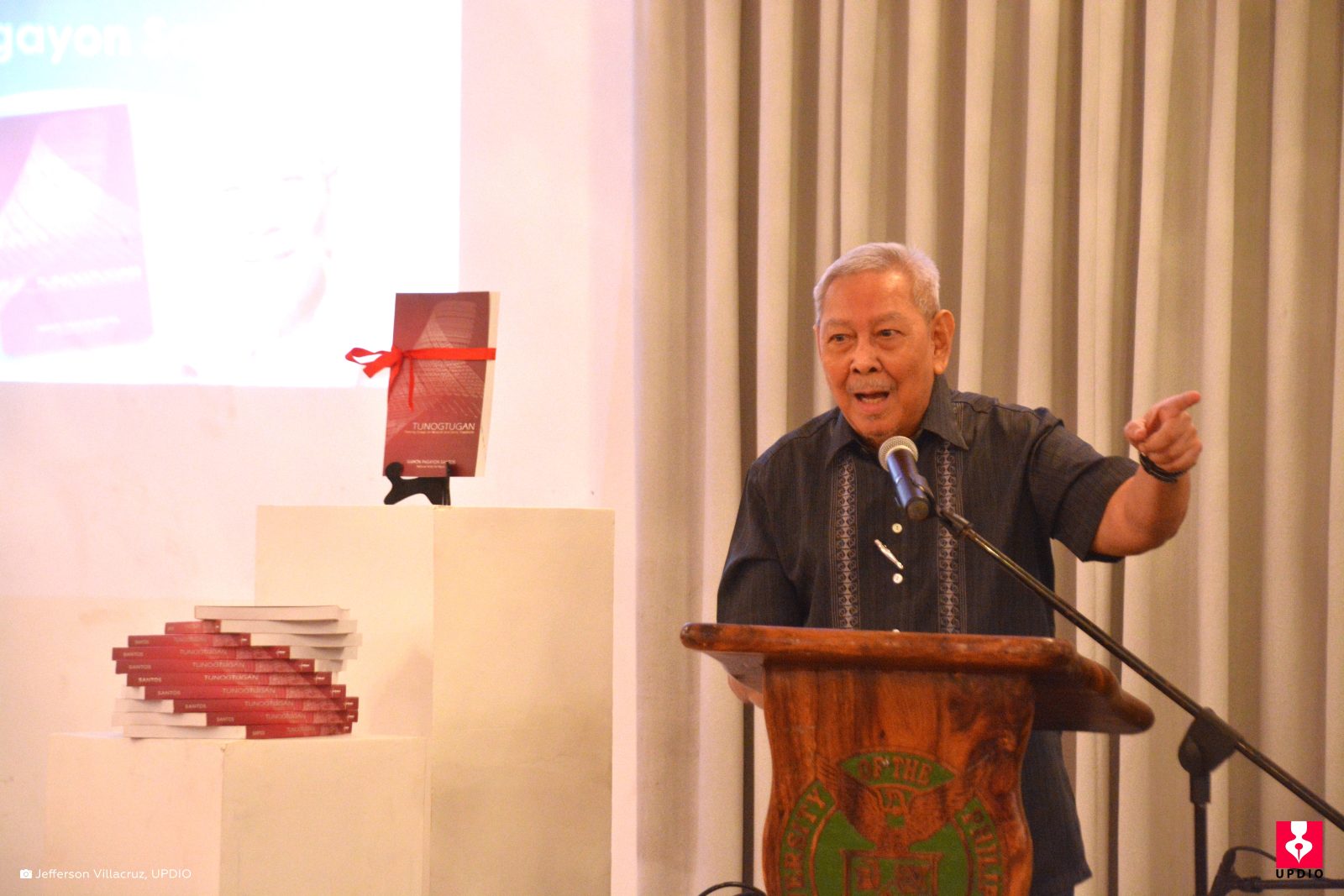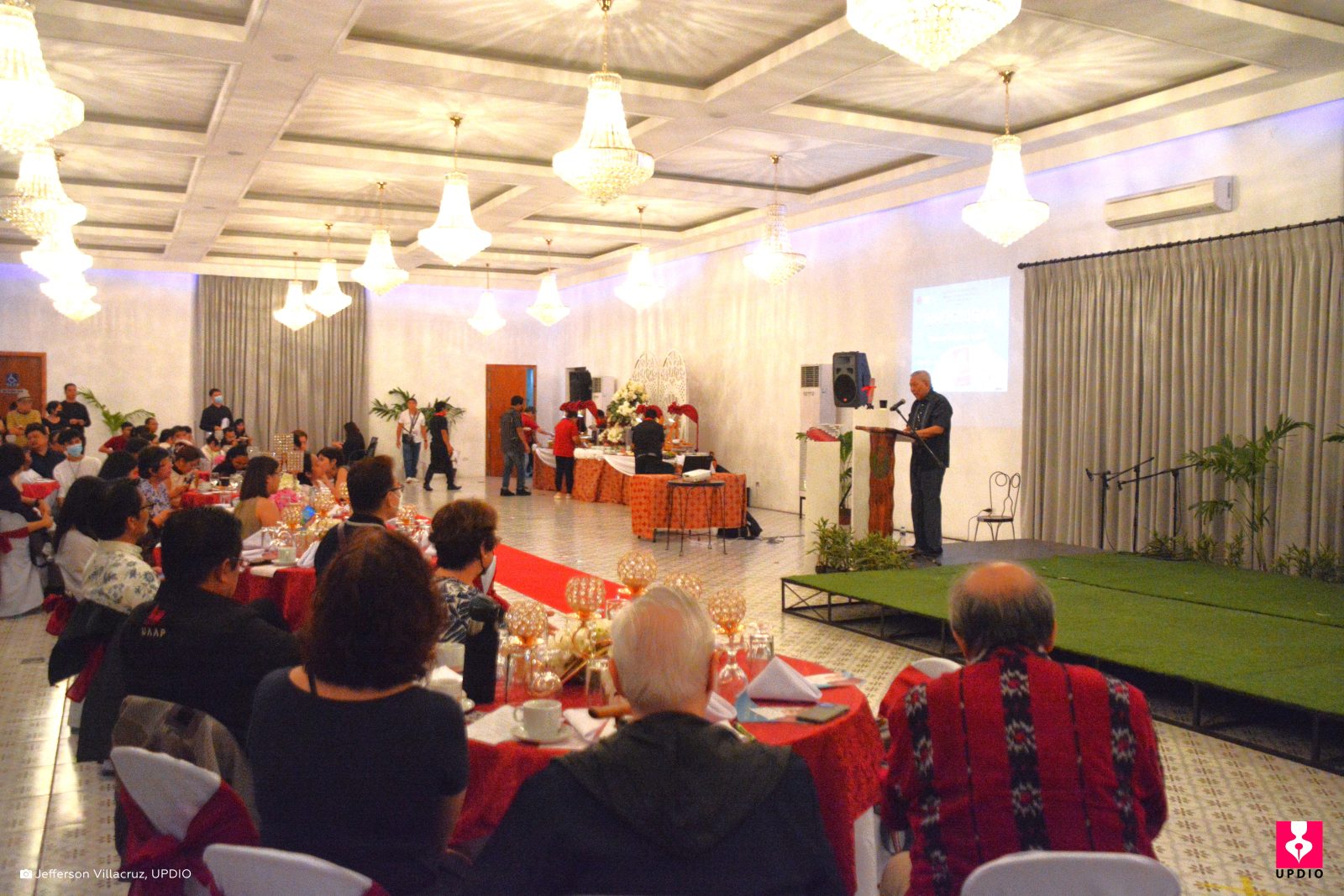At the launch of his fifth book, National Artist for Music Ramon P. Santos said the term music that the country inherited from the West “cannot fully define the wealth of sound expressions in the world that we live in.”
“In fact, after 65 years of study in this field, I have come to realize that there are a myriad sound-related expressions that the narrow definition of what we know as music cannot possible convey,” Santos explained.

Published by the UP Press, Santos’ book, Tunogtugan: Twenty Essays on Musical and Sound Traditions (Tunogtugan), according to the author, tells of his experiences through his career.
“These articles then are, in one way, a microcosm of my own experiences as a composer, musicologist, conductor, educator, theorist, and administrator. [These] encompass an exciting field of déjà vu in cultural studies,” he said.
Santos said the 20 articles in the book are grouped into four different areas of engagement.
These are “the global perspective, then Asia as cultural environment, the Philippines as a musicultural nation, and finally, from the perspective of education, pedagogy, as well as the different roles and functions of music in the world’s cultures,” he added.
Santos explained the articles span across subjects such as “ethnicity, music composition, the pluck instruments of the world, dance, time and space, modern technology, the concept of community, nationalism and indigenization, pedagogy, and the relevance of research to real life.”

Meanwhile, Professor Emeritus and former UP Diliman (UPD) College of Arts and Letters (CAL) dean Elena R. Mirano said her “initial reaction to the 20 essays contained in Tunogtugan is one of nostalgia. To me, least integrative situationers report the thought process and performance practices of a musical community that developed during that seminal period (1950s-1960s) when, and I quote, the times, as the popular singer-songwriter of the period, Bob Dylan, put it, ‘they were a-changing.’”
Mirano was comparing the changes in sound expressions discussed in Tunogtugan to the changes, particularly in art studies, that took effect on campus during the 1950s to 1960s, where she spent her childhood and formative days.

She shared some video clippings of the 2021 virtual version of Awit ni Pulau, an opera Santos wrote and with a libretto by multi-awarded writer, Ed Maranan. It was produced for the UP Cherubim and Seraphim, UPD’s official children’s choir, of which Mirano is the director emeritus.
The book launch was held on Sept. 22 at the UPD Atencio-Libunao Hall and had song and dance performances that showcased many of Santos’ music pieces.
Padayon Rondalla performed Santos’ Katubo. Solaiman E. Jamisolamin, an assistant professor at the UPD College of Music (CMu), performed Santos’ Abot-Tanaw, a musical piece for guitar. Meanwhile, Santos conducted CMu assistant professors Kevin Julius D. Castelo (percussion), Michelle C. Nicolasora (piano), and Crystal Milarose Rodis-Concepcion (flute), as they performed his Taka-gong-an.

Jedidiah Retuta (soprano) and Illenram Therese Raynes (dance) performed Mutya ng Pasig by Nicanor Abelardo, arranged by Benedic Justine Velasco.
Present during the launch were UP President Angelo A. Jimenez, National Artist for Literature and former CAL dean Virgilio S. Almario, Professor Emeritus Jose Dalisay Jr., UP Press Director Galileo S. Zafra, CMu Dean LaVerne C. de la Peña, National Commission on Culture and the Arts Deputy Executive Director Bernan Joseph R. Corpuz, CMu faculty, staff, and students, and Santos’ family and friends.
The 386-page, 7” x 10” paperback is available at the UP Press physical store and online store (https://press.up.edu.ph/store/books/view_item/831).
